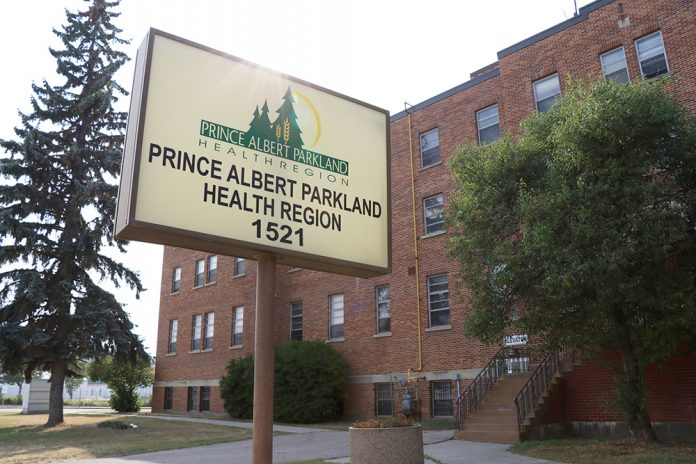The new mental health beds coming to Prince Albert and other communities are a welcome start, but far from adequate to keep up with the need, NDP mental health critic Danielle Chartier says.
The 75 new beds, 25 high-intensity and 50 step-down, were originally announced in the spring budget. Details such as how many beds were going to which communities, were unveiled in a request for proposals sent out by the Saskatchewan Health Authority earlier this month.
Chartier said there has been a lot of back-patting from the government when more needs to be done to ensure proper care for residents with mental health and addictions concerns.
The Ministry of Health and former Prairie North Health Region have been calling for 120 step down beds and supported housing,” Chartier said, citing a report first published in 2013.
The 2013 report called for 40 intensive beds, included 15 each in the Saskatoon and Regina health regions, as well as five each in the Prince Albert Parkland and Prairie North health regions.
It also called for 25 step-down beds in each of Saskatoon and Regina, and ten each in the Prince Albert Parkland, Prairie North and Five Hills health regions.
The 75 beds announced this year include 10 intensive support beds in each of Saskatoon and Regina and five in Prince Albert, along with 15 step-down beds in Saskatoon and Regina, 12 in Prince Albert and eight in North Battleford.
North Battleford was in the former Prairie North Health Region.
This announcement had no new mental health beds for the former Five Hills Health Region, located in the Moose Jaw area.
Still, Chartier said, she has more of a problem with the number of beds promised than where they’re being located.
We’re covering a bit of the waterfront but there are people in other parts of the province who would appreciate some of those beds as well.,” she said.
“I have fewer bones to pick with the location, it’s the huge shortage. The government has actually committed fewer resources to these beds than what they deemed necessary five or six years ago.”
The report Chartier cited was prepared to examine the aging Saskatchewan Hospital North Battleford. It found that once people were ready to leave the facility, there was nowhere for them to go.
That bottleneck situation, Chartier said, still exists.
“People are better after their time at Saskatchewan Hospital North Battleford but not well enough to not have supported housing and continued mental health supports,” she said.
“People end up staring in the Saskatchewan Hospital longer, which means people in the acute psychiatric centre in Prince Albert, Saskatoon or Regina get held up there.”
Chartier said she has worked with two psychiatrists in Saskatoon who have recommended patients to the Saskatchewan Hospital but the patients can’t get in because of the backlog of people who need to properly transfer out.
“Supports in the community were lacking in the first place and definitely haven’t kept pace with the growing mental health demands of people,” she said.
“The 75 beds are a start, but they haven’t committed to any more. I’ve asked in committee and they’re arguing some of the other work they’re doing will take care of the community needs, but this is a government that, five years ago, recognized they needed at least 120 step down beds and supported housing. This is good, but it certainly isn’t good enough.”
The province expects the myriad of mental health announcements in the most recent provincial budget to have a big impact on the state of mental health care in Saskatchewan.
In addition to the 75 new beds, the budget included new mental health response programs and $30 million in additional mental health funding, bringing the total spent on mental health care in Saskatchewan to a record $402 million in 2019-20.
Some of that funding went to additional in-patient addiction beds in Indian Head, six new addiction treatment beds in Saskatoon and six new beds for youth in southern Saskatchewan. It also contributed an additional $1 million for harm reduction initiative and about 50 pre and post-addiction treatment beds for people moving between detox and in-patient treatment or back to the community.
Additional funding was contributed to walk-in counselling clinics, vocational programming, an initiative in Buffalo Narrows and additional staff to help children and youth across Saskatchewan who need mental health care, as well as funding for primary care counsellors.


